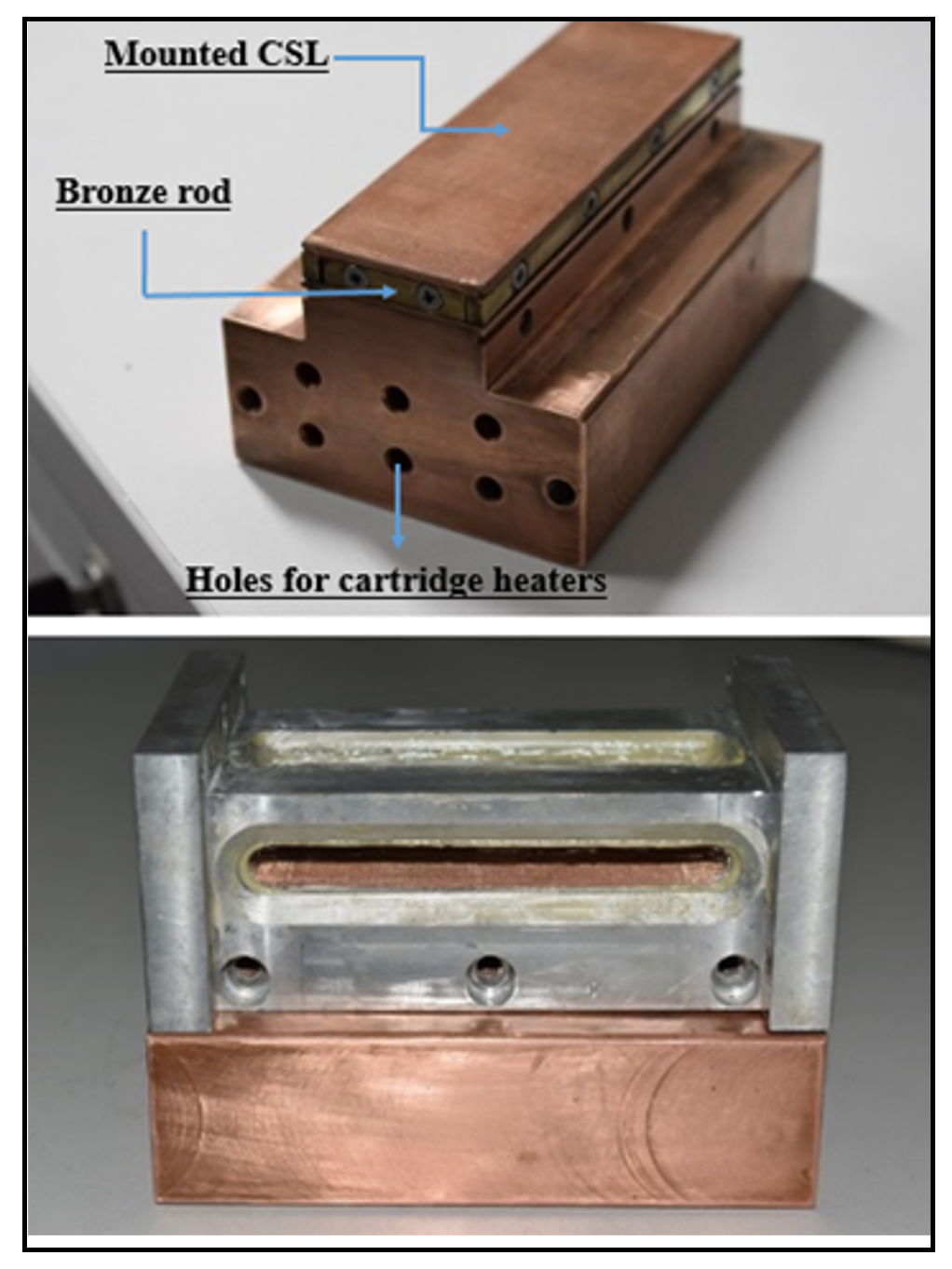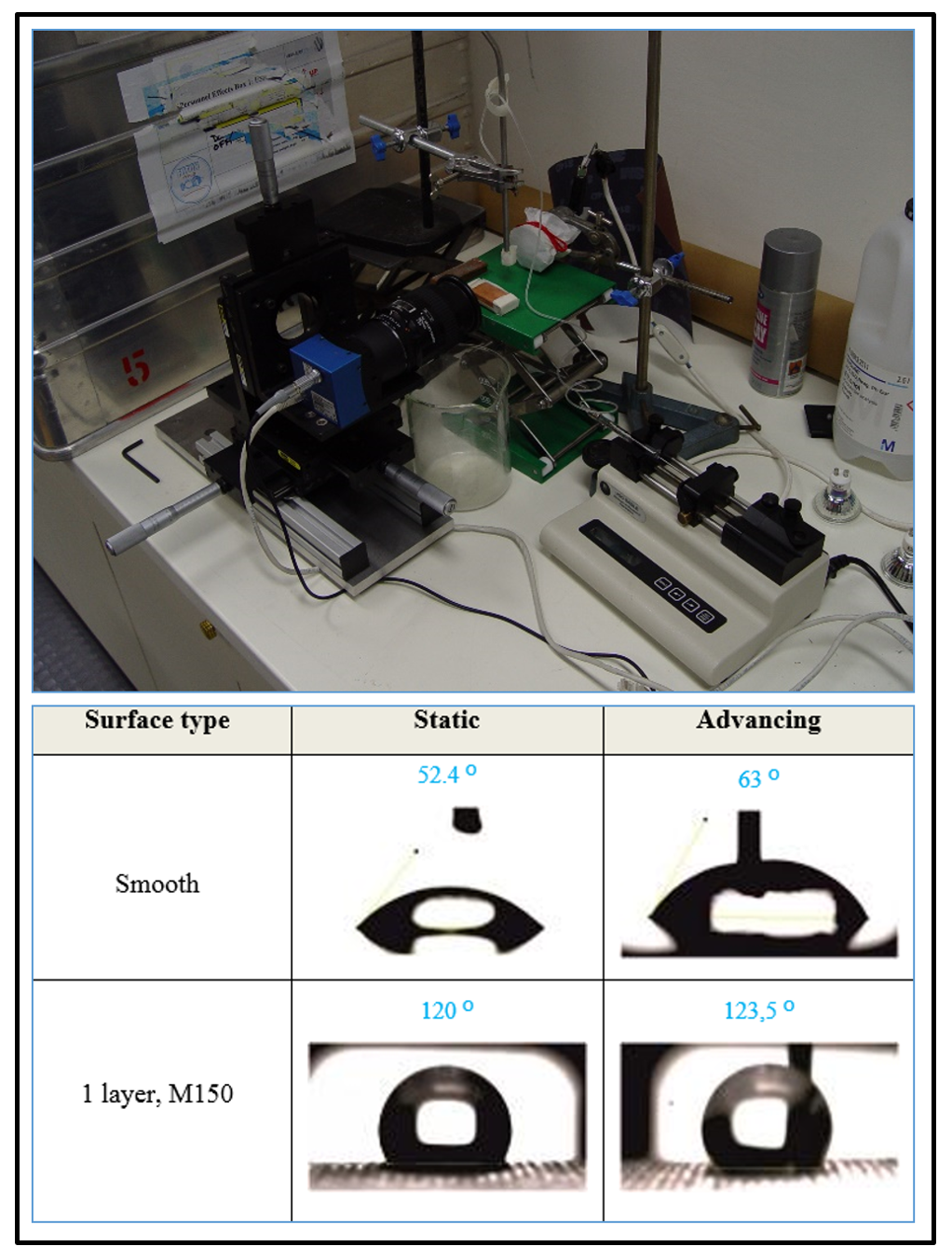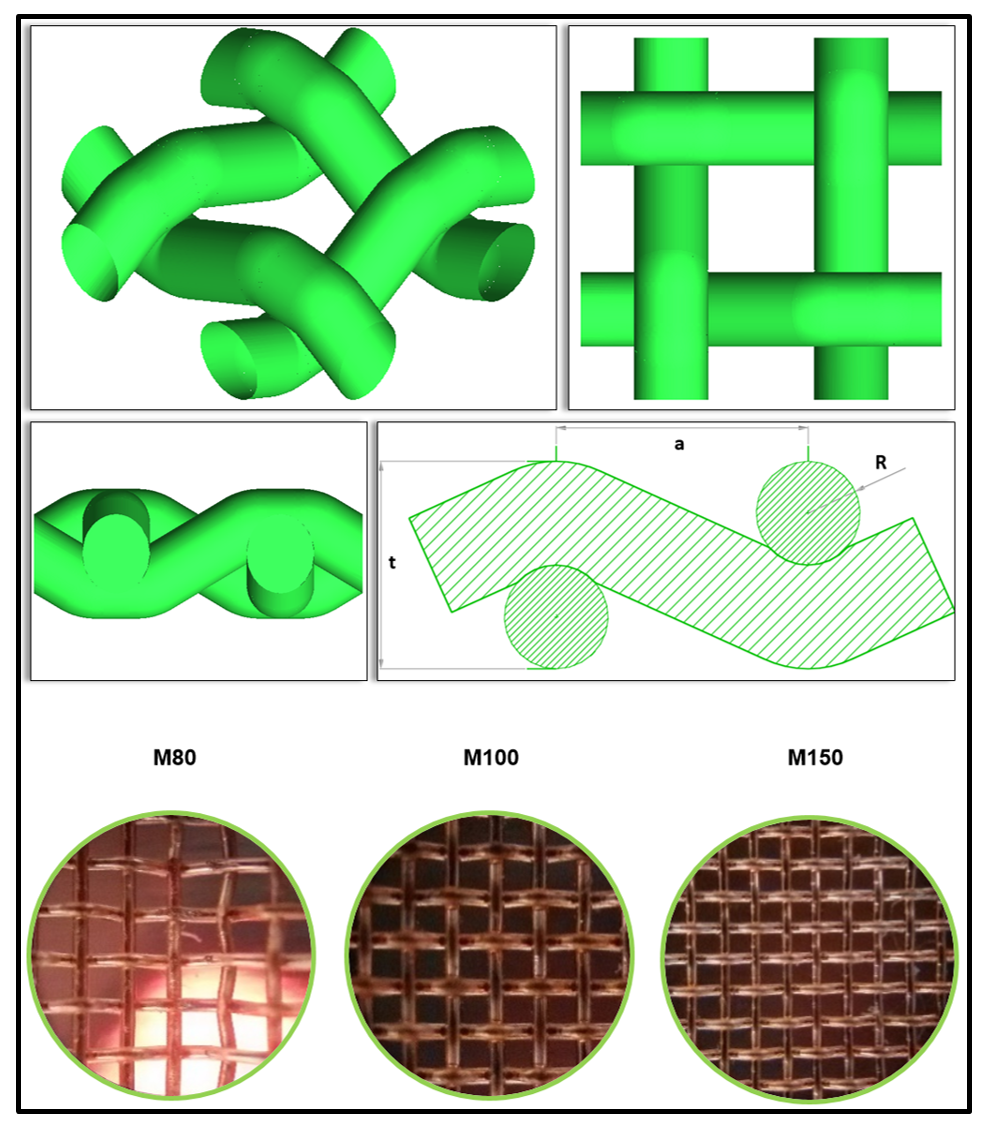Contact Person: C. Argiropoulos [argiropoulosc@gmail.com]
This project is dedicated to the understanding of the mechanisms of heat transfer occurring in controlled flow boiling scenarios over porous coated surfaces. Boiling heat transfer involves a thermally saturated liquid state where the liquid isothermally transcends from the liquid to the gas phase, due to a latent heat addition into the fluid volume. Recently, the role of porous surfaces in boiling heat transfer enhancement has received serious attention. The increasing scientific interest as well as the largely unexplored physics related to complex heat and mass transfer interactions at the micro-scale geometries, highlight a difficulty in quantifying and predicting the outcome of different flow boiling scenarios with variable working conditions. Porous surfaces change the bubble dynamics of traditionally hydrophilic boiling surfaces and transform their nature into a hybrid, pseudo-hydrophobic state. Qualitatively, entrapment of small vapor quantities inside the complex porous structures triggers early nucleation, resulting in the initial creation of a large number of bubbles. Early detachment and/or condensation acts in favor of the heat transfer enhancement due to fact that the surface is cleared, and new bubbles are allowed to grow. Clearly enough, the bubble dynamics conceptually engulf the interrelationships involved in the physical domain of boiling heat transfer. Being so, the project’s main task is to experimentally validate structured porous substrates as boiling enhancing surfaces, using a combination of classical and non – classical experimental approach.
For the needs of this study an existing experimental facility which has been designed to study flow boiling under certain conditions, is being used. Additionally, a novel test section has been designed and fabricated in order to house a special kind of porous coatings. At figure 1 the main section of the flow loop is depicted, while at figure 2, a close-up view of the boiling section is depicted.

Figure 2: Close-up view of flow boiling section
Porous substrates
Metallic woven screens are common engineered materials used in a variety of applications related to filtering and electromagnetic shielding. They are characterized by the mesh number, M, which defines the number of wires (or gaps) per unit length. They can be easily fabricated to sufficiently large mesh number in order to have a micro-scale, uniform, porous – like geometry. For this study, copper woven screens of varying dimensions are experimentally tested as boiling surfaces. At figure 3 geometrical illustration and optical microscopy images of the screens can be seen. The screens are inserted and fixed in the boiling section as shown at figure 4. Each experiment concerns a different boiling surface, that is a specific screen type (mesh number) and also thickness (number of layers). Each boiling surface is examined for a wide range of different flow rates and heat fluxes. Recordings of indicative temperature measurements at the solid boiling surface as well as the fluid inlet and outlet provide clues about the surface heat transfer performance. Most importantly, high speed imaging of the two phase flow field is documented, thus giving further insight to the complex liquid – vapor interactions. It is remarked that in order to evaluate the screens’ performance, experiments for smooth reference surface (without screen insertion) are also being performed. Finally, to confirm the screens’ apparent hydrophobic state, contact angle measurements have been performed as shown at figure 5.

Figure 4: Fixed copper screen onto heating element (top) and side view of boiling section assembly (bottom)

Figure 5: Contact angle measurement setup (top), advancing and static angles for smooth and copper screen covered surface (bottom)
Results
The initial results provide evidence of enhanced heat transfer for certain scenarios. At figure 6 boiling curves for various cases are presented. Here the regime where heat transfer enhancement occurs becomes evident. Finally, video 1 and video 2 depict the two phase flow field in the surface of the boiling section for smooth (no screen insertion) and porous – covered surface, respectively. It is remarked that the nominal flow and heat rate for these cases are the same for both cases.
Video 1: Top view of two-phase flow field for smooth surface
Video 2: Top view of two-phase flow field for screen covered surface


